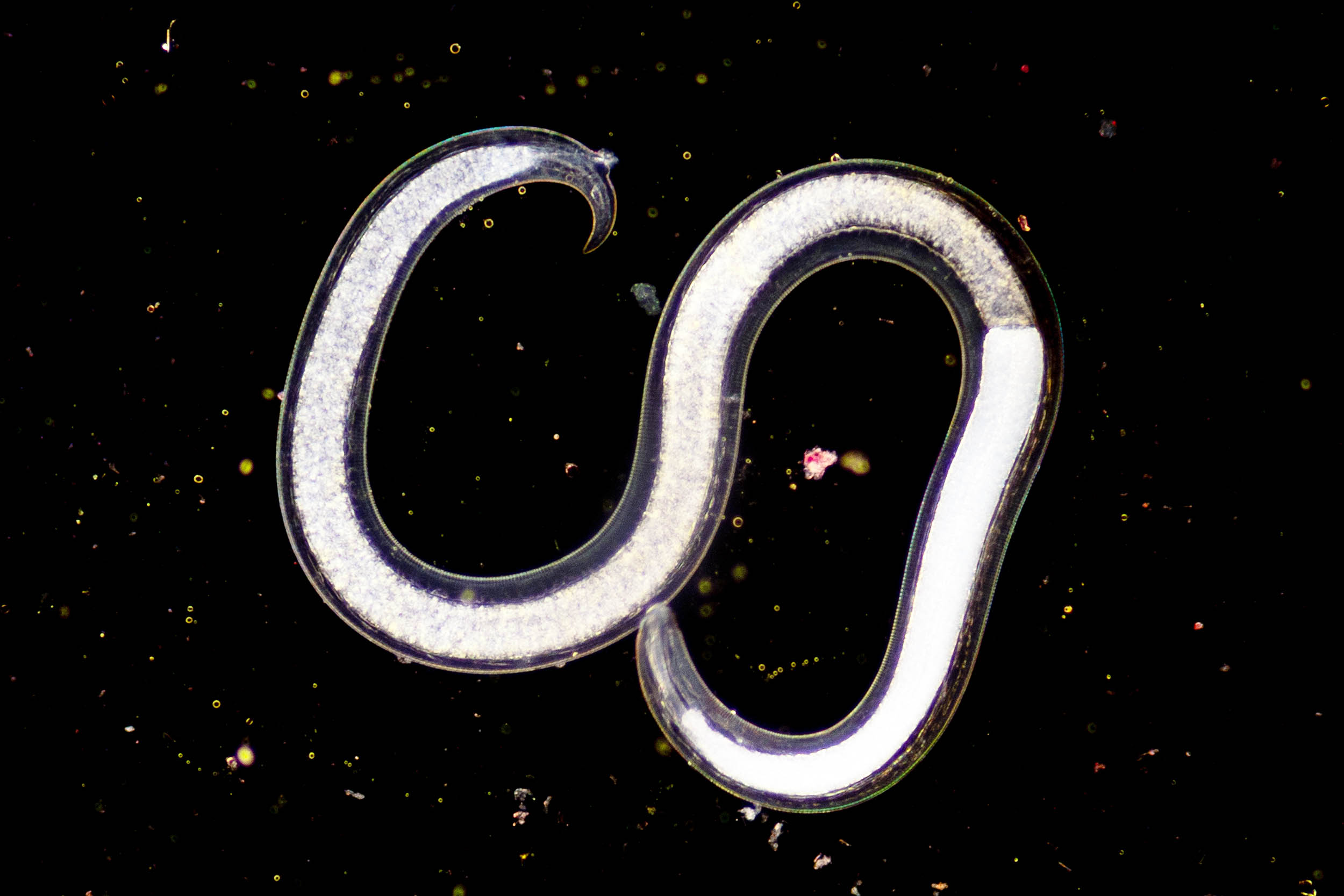Unlocking Nature's Secrets: A Gene That Could Revolutionize Wheat Production!

Imagine a world where a single wheat flower could produce not one, but three grains. Sounds like something out of a sci-fi novel, right? Well, researchers at the University of Maryland have made this remarkable discovery a reality by identifying the gene behind this extraordinary type of wheat.
This breakthrough was shared in the Proceedings of the National Academy of Sciences on October 14, 2025. The research highlights a rare trait found in a mutant variant of common bread wheat, which was previously mysterious to scientists. The challenge was pinpointing the genetic alteration responsible for this fascinating feature.
To crack the code, the team meticulously charted the genetic landscape of the multi-ovary wheat and compared it to the genetics of standard wheat. Their investigation revealed that a normally inactive gene called WUSCHEL-D1 had switched on in these mutant plants. When this gene is activated early in the formation of wheat flowers, it catalyzes the growth of additional female structures like pistils and ovaries.
If plant breeders can harness the power of WUS-D1, we could see the emergence of new wheat varieties that yield more grains per plant. Just imagine the impact: even a modest uptick in kernel production could lead to significant boosts in food supplies across the globe.
“Identifying the genetic foundation of this trait opens avenues for breeders to integrate it into new wheat varieties, potentially amplifying grain production per spike and overall yield,” said Vijay Tiwari, Associate Professor of Plant Sciences and one of the study’s co-authors. “With the aid of gene editing technologies, we can now enhance this trait for improved wheat yield, paving the way for more affordable hybrid wheat options.”
This discovery is crucial because wheat is a fundamental crop that nourishes billions. As the world's demand for wheat surges, challenges like climate change, shrinking farmland, and a growing population make it hard to ramp up production through conventional methods. This finding offers breeders a formidable strategy to elevate yields without the need for more land, water, or fertilizers.
What’s more, the implications of WUS-D1's discovery could extend beyond wheat, potentially birthing multi-ovary varieties in other grain crops.
Joining Dr. Tiwari in this groundbreaking study were several notable contributors from the University of Maryland, including lead author Adam Schoen and Professor Yiping Qi, among others.
This research was generously backed by the U.S. Department of Agriculture's National Institute of Food and Agriculture and other esteemed organizations, although it’s worth noting that the views expressed do not necessarily reflect those of these supporters.



























